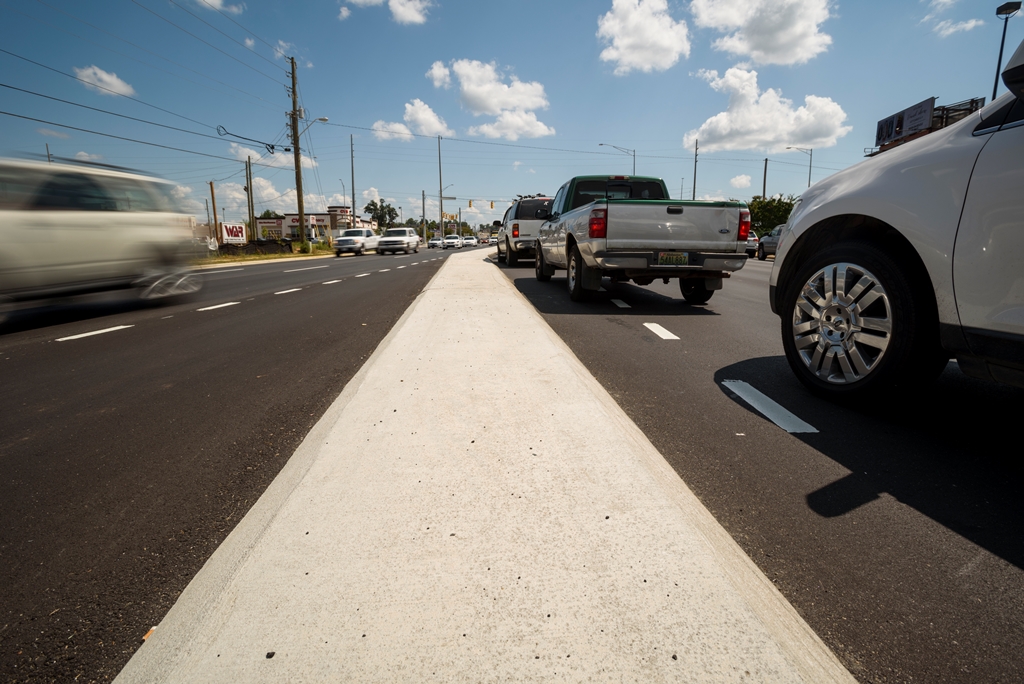TUSCALOOSA, Ala. — Those involved in auto crashes while not wearing seat belts are 40 times more likely to die than those who buckle up, according to an analysis of state crash records from the past five years.
For the study, University of Alabama researchers at the Center for Advanced Public Safety examined crash records from 2013 through 2017 provided by the Alabama Law Enforcement Agency, or ALEA.
Crash records showed about one out of every 25 unrestrained motorists involved in a crash will suffer a fatal injury, but only about one out of every 1,000 restrained motorists involved in a crash will have a fatal injury. This means that people are 40 times more likely to be killed without restraints.
One reason for this is those ejected from vehicles during crashes have 50 times the death rate as those who remain in the vehicles, and the probability of being thrown from vehicles increases about 337 times for those not restrained.
“There is no doubt that seat belts are the most effective way of reducing the chances of getting killed in a crash,” said Dr. David Brown, a research associate at CAPS who led the study. “The chances of avoiding a crash altogether that involves injury over your driving lifetime is very low, so these are not just hypothetical or extreme examples. They are real life-and-death probabilities.”
Along with an increased chance of dying in a crash if unrestrained, there is an increased chance of serious injury. About one in seven unrestrained motorists involved in a crash will sustain a serious injury, while only about one in 50 properly restrained motorists will have a serious injury.
The chances of serious injury for those unrestrained increase by more than a factor of seven. For those who buckle up, nine out of 10 are not injured during a crash.
Some of the other interesting factors include driver and passenger demographics and other correlations:
— Those between the ages 17 and 36 are unrestrained significantly more than average.
— Males are about twice as likely to be unrestrained as females.
— If all back-seat occupants were properly restrained, it would result in an estimated saving of 62 lives per year in Alabama.
— Unrestrained drivers are about 2.5 times more likely to have their crashes in the rural areas than in the cities.
Brown said there are many things drivers should do to prevent severe traffic crashes in addition to the use of seatbelts. They include, in the order of ability to prevent fatal crashes:
— Slowing down, as the probability of fatality doubles for every 10 mph increase.
— Pulling over to a safe stopping point until distractions, such as cell phones, are resolved.
— Never driving or riding with anyone who has had any alcohol or who has taken any mind-altering drugs, even if prescribed.
— Anticipating and avoiding bad weather, especially when coupled with darkness.
— Watching for deer if traveling just after dark and slowing down.
— Driving defensively to reduce risk by putting distance between others vehicles, staying out of the blind spots of large trucks and letting aggressive drivers pass.
Contact
Adam Jones, UA communications, 205-348-4328, adam.jones@ua.edu
